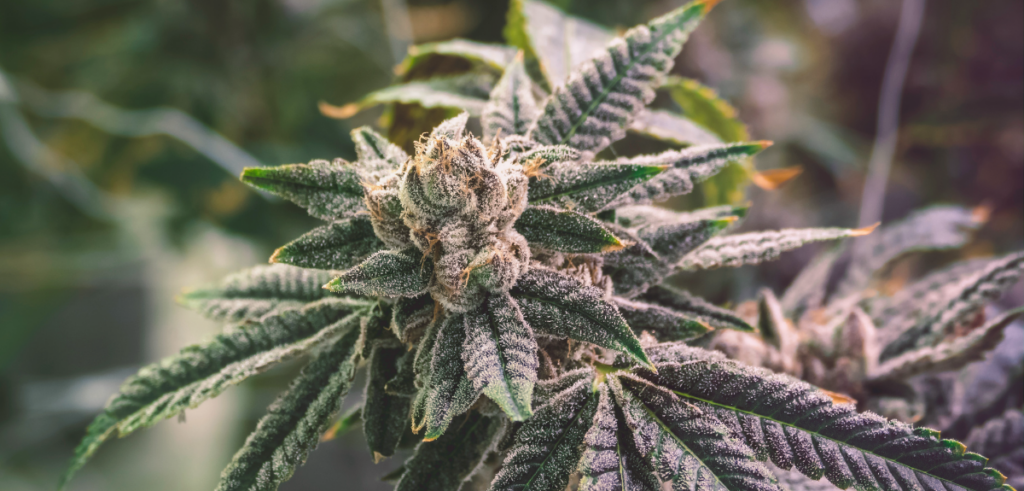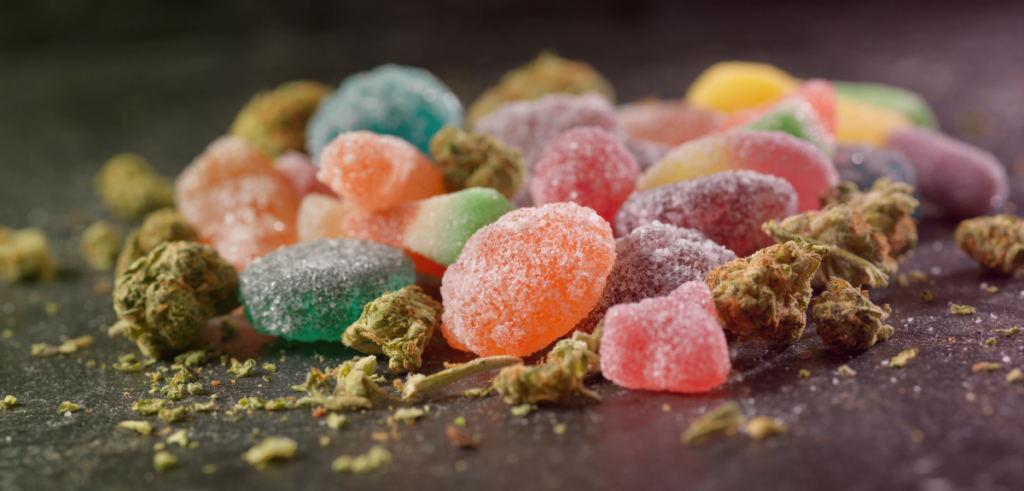Microdosing is hot right now, and for good reason. Whether you’ve heard about it from a friend, caught it on a podcast, or stumbled across it online, it’s quickly becoming a low-key way to level up your day. But what’s it all about? It’s the idea of taking tiny, almost unnoticeable doses of something—like psychedelics or cannabis—to give your mood, creativity, or focus a little boost without going all in. You’re not tripping or getting stoned; it’s more like a gentle boost to uplift your vibe.
As more people catch on, it’s worth considering why microdosing is blowing up. Folks are talking about the perks, but there are a few things to be cautious of. If you’re curious about trying it or just want to know what all the buzz is about, getting a grasp on what’s driving this trend can show you why it’s so popular and where it’s heading next.
When Did Microdosing Start?
Historical Background
Microdosing might seem like a new trend, but it actually traces back to the 1960s when researchers first explored the potential of psychedelics. The concept of using tiny, controlled doses to tap into mental benefits gained traction during that time, though it remained mainly on the back burner for decades. Fast forward to today, and microdosing has made a strong comeback, merging the experimental spirit of the 60s with a modern quest for subtle ways to enhance daily life. It’s a nod to the past with a clear focus on the future as more people rediscover the potential of these small doses.
A key figure in this resurgence is Dr. James Fadiman. He was involved in early psychedelic research and has played a crucial role in bringing microdosing back into the spotlight. Fadiman’s studies and personal interest have helped document how these tiny doses can influence creativity, mood, and overall well-being. Thanks to his contributions, what was once a niche interest has gained mainstream attention, helping to shape the growing movement.

How Microdosing Works
Microdosing means taking small doses of substances that give your brain a little boost, just enough to lift your mood and sharpen your focus without the full-on high. These tiny amounts work with your brain’s serotonin receptors, similar to how some antidepressants operate, but in a much subtler way. This can lead to slight shifts in perception, mood, and cognition, offering a gentle lift to your overall sense of well-being without any overwhelming effects.
The Benefits
One of the big draws of microdosing is its potential impact on mental health. People often use it to help manage anxiety, depression, and PTSD, finding that those tiny doses can give a gentle lift without the intensity of traditional meds. It’s like a little nudge toward feeling more balanced, less stressed, and better equipped to handle the everyday ups and downs.
Beyond mental health, microdosing gets a lot of love for its cognitive perks. It’s popular among folks looking to boost focus, creativity, and problem-solving skills. For creatives, it can be a way to break through blocks and see things from a fresh angle. For those in more structured roles, it’s about staying sharp and keeping the productivity flowing without the highs and lows of caffeine.
There are also some potential physical benefits, though these are more anecdotal. Some users report a bump in energy levels, making staying active throughout the day easier. Others find relief from chronic pain or migraines, which helps make daily life feel a bit more manageable.
Limitations of Current Research
Despite the hype, research on microdosing is still playing catch-up. Many studies have small sample sizes, so it’s hard to say if the findings apply across the board. Plus, much of the data comes from self-reported experiences, which can be biased. Without more solid, diverse research, pinpointing exactly what microdosing can and can’t do is tough.
There’s also a big question mark when it comes to long-term effects. While plenty of people share positive stories, we don’t have much info on what regular microdosing might look like over time. Could there be risks like tolerance, dependence, or other health issues? More in-depth, controlled studies are needed to get the whole picture. Until then, it’s best to keep an open mind and a cautious approach, knowing that what works for some might not be the right move for everyone.

How Much is Micro?
How to Microdose Cannabis
Microdosing cannabis is all about finding that perfect balance—just enough to get the benefits without feeling overwhelmed. The key is to start small. Typically, a microdose is about one-tenth to one-twentieth of a standard dose, so you’re looking to keep it subtle and controlled. For cannabis, this usually translates to a few milligrams of THC, often between 1 to 5 mg, depending on your tolerance and desired effect.
To get started, look for products specifically designed for microdosing or that can be dosed precisely, such as low-thc edibles or tinctures. For instance, a 2.5 mg edible or a tincture with a dropper that allows you to measure exact amounts can make it easier to control your intake and avoid overdoing it. Stairway Cannabis offers a range of microdosing-friendly products, perfect for finding that sweet spot where you get a little lift—like enhanced focus, creativity, or mood—without diving into a full-on high.
Determining what works best for you may take trial and error, but the journey is part of the process. Start low, go slow, and listen to how your body responds. If you’re unsure where to begin, our budtenders will guide you toward the right products and dosages to help you start your microdosing journey.
Popular Substances to Microdose
Are you curious about what substances can actually microdose? There are various options out there, each offering its own kind of vibe. If you’re looking for an easy entry point into microdosing, cannabis is definitely the way to go, and the budtenders at Stairway Cannabis can help you find the perfect low-dose products to get you started. Here’s a rundown of the most popular substances people are taking right now.
LSD
Microdosing LSD? Yeah, it’s a thing. A little bit can sharpen your focus, boost your creativity, and lift your mood without tipping you into a full-blown psychedelic experience. It’s perfect for anyone looking to up their mental game in a chill, subtle way.
Psilocybin (Magic Mushrooms/Shrooms)
When you think of microdosing, shrooms are probably the first thing that comes to mind. Tapping into the subtle power of psilocybin offers perks similar to LSD, with users frequently reporting a significant uplift in emotional well-being and sharper mental clarity. This natural route is trendy among those looking to enhance their everyday vibe in a more grounded, organic way.
Cannabis
Low doses of cannabis are perfect for those looking to snag some mild relaxation or a bit of focus without diving deep into the more intense psychoactive effects that higher doses bring. This subtle yet versatile approach is quickly gaining traction in the microdosing community, making it a go-to for anyone seeking a gentle boost to their day.
MDMA
MDMA, commonly known as ecstasy or molly, is a synthetic drug that affects mood and perception, offering feelings of increased energy, pleasure, and emotional warmth. While some experiment with small amounts of MDMA for its mood-boosting effects, its higher risks and limited research makes it a less favored option for people seeking safer alternatives.
Ketamine
Ketamine, usually known as an anesthetic, is also being checked out for its potential chill effects on depression and anxiety when used in tiny doses. The research is still ongoing, but it’s showing some promising vibes. Still, because ketamine is pretty powerful, anyone looking into it for microdosing is treading carefully and keeping things under close watch.
Nootropics
Nootropics, or “smart drugs,” are designed to enhance cognitive functions like memory, creativity, and decision-making. People are increasingly microdosing non-psychoactive nootropics to sharpen focus and improve memory without the trippy side effects, making them a prime choice for boosting mental performance without the psychoactive effects.
The Challenges and Risks of Microdosing
While gaining popularity, there are still some things to keep in mind. Many substances aren’t legal everywhere, so legal and ethical issues can pop up. There’s also the risk of potential psychological effects, building up tolerance, or even getting a little too reliant on those small doses. And while it might seem like a no-risk move, that’s not always true—what works great for one person could fall flat for another. More research is needed to nail down the best ways to navigate the ups and downs safely.

The Future
Looking ahead, the buzz around these small doses will only get louder. As more folks lean into alternative therapies and mental health takes center stage, this trend isn’t slowing down anytime soon. There’s also talk about possible legalization, which could open doors to more research and make these substances way more accessible to access. We already see cool innovations like pre-measured doses and custom regimens that make trying it out a breeze. With interest on the rise, expect many new products and fresh takes that make it easier for people to tweak their daily vibe. The future’s looking bright for those tiny doses, with much potential to change how we approach feeling good and living well.
Final Thoughts
Microdosing has made its mark as a way for people to explore subtle boosts in mood, creativity, and focus. It’s not a one-size-fits-all solution, and the experience can vary, so weighing the benefits and challenges before diving in is important. The best approach is to stay curious, research, and consider the pros and cons to see if it fits your lifestyle well.
If you’re unsure where to begin, don’t worry—we’ve got you. Of course, we’d suggest starting with marijuana, and the budtenders at Stairway Cannabis are here to help you figure out the proper dosing and effects for your needs. Whether you’re just curious or looking to explore further, their expertise can guide you every step of the way.
Key Takeaways
- Gentle Boosts Without Intensity: Tiny doses can lift your mood, creativity, and focus without the full effects of larger doses, making them a subtle way to enhance your day.
- Growing Trend, Limited Research: Microdosing is gaining popularity, but research is still catching up. More studies are needed to understand the benefits and risks fully.
- Approach with Caution: With legal hurdles and varying effects, it’s important to start small, stay informed, and consult with experts—like the budtenders at Stairway Cannabis—to find what works for you.